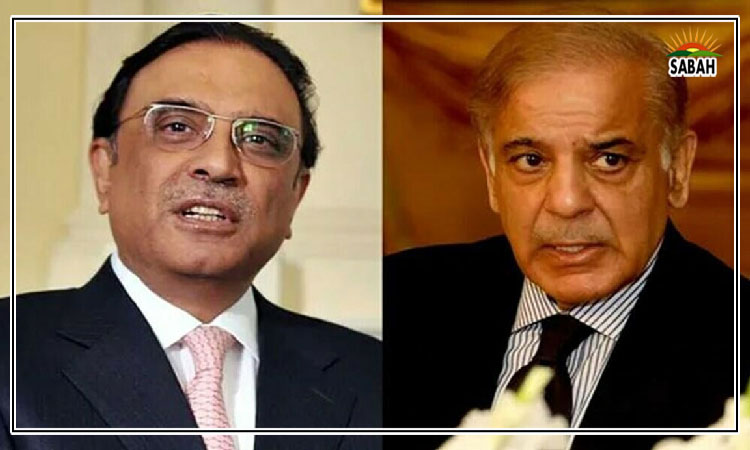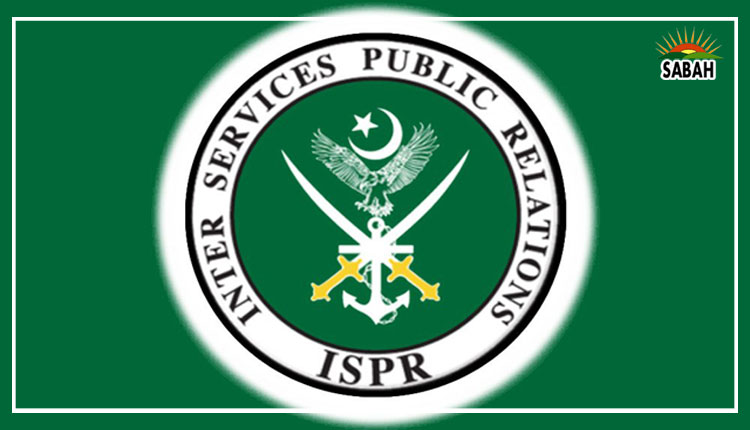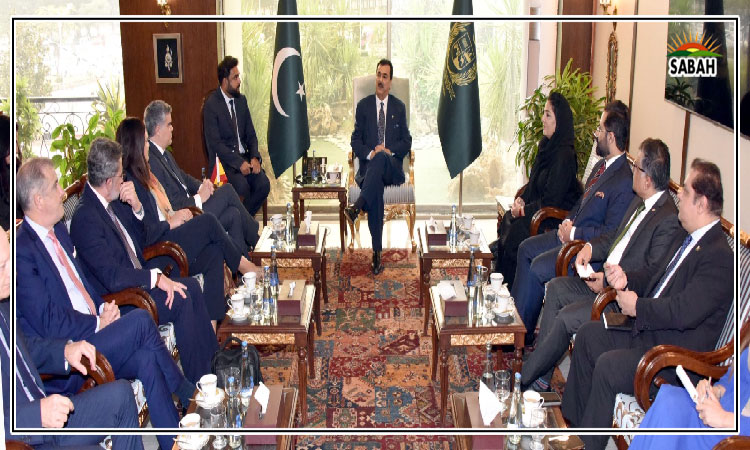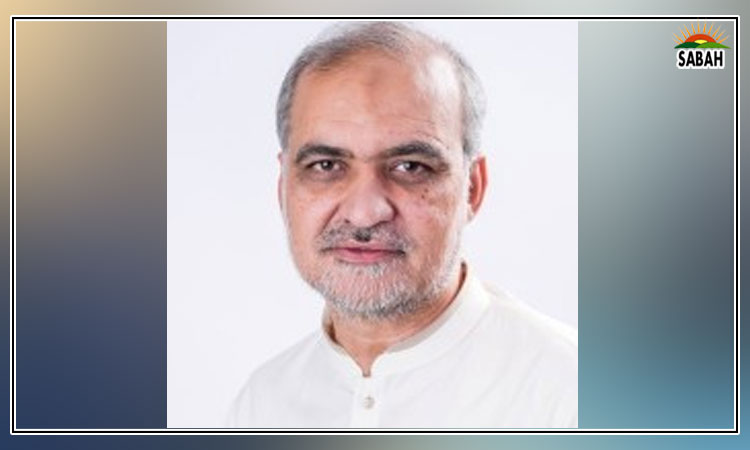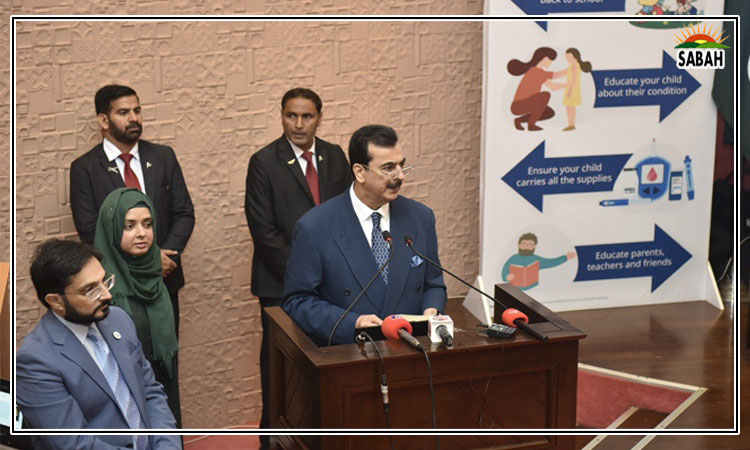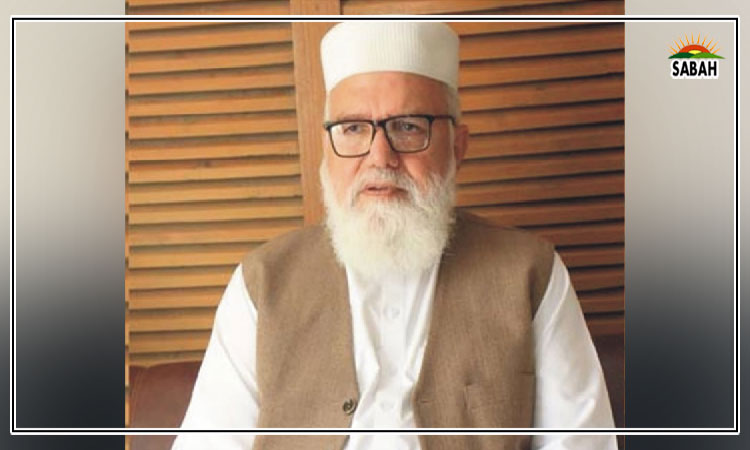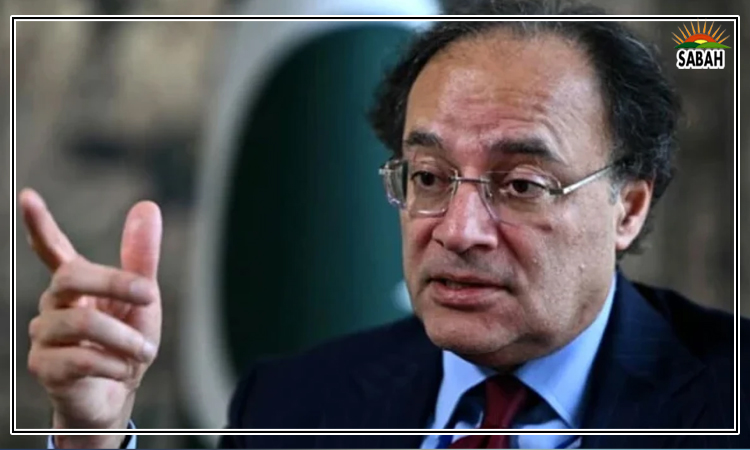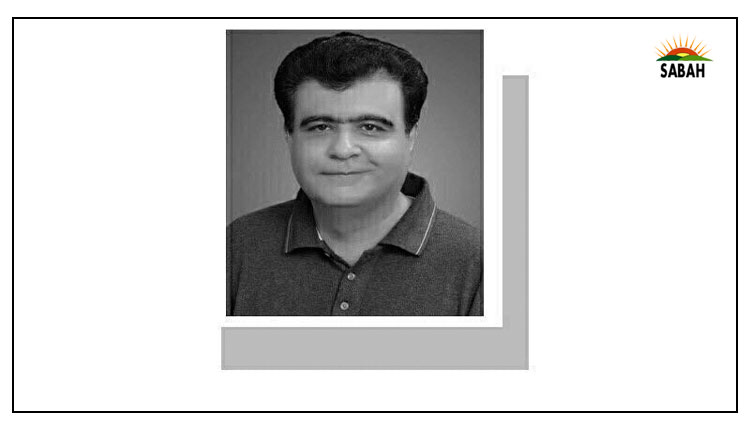Economic crises…Dr Niaz Murtaza
WE face today our worst economic crisis in decades, with inflation at its highest since 1975. Such crises are a way of life for us with 25 seen since 1947.
Rich states see crises once a decade due to both private- and public-sector acts. Bad private investments cut GDP growth, as do bad fiscal or monetary policies as in 2008. The triggers for our crises are not low growth due to private-sector acts, but oddly, high growth induced by elite rulers. Growth sustains and doesnt induce crises if driven by high investment and productivity via reforms, as in East Asia and Bangladesh where growth lasts long unlike our spurts of two to three years. Forget East Asia, our investment-GDP ratio is only 15 per cent against even South Asias 30pc average! Our productivity is low even regionally.
Our growth is fake, driven by high money supply growth and external and fiscal deficits rigged by rulers who avoid reform. This causes high inflation, low foreign reserves and a need for IMF loans that demand depreciation, high interest rates and cuts in twin deficits. This causes a big fall in growth the next year coincidentally under a new regime all four times since 2000, which was then wrongly blamed for them by all, even the last culprit regime. Half of the 23 IMF loans since 1958 came after a growth of 5pc to 9pc as foreign reserves fell by 25pc to 50pc despite and due to high growth given low exports. Even in the much-praised Ayub era that saw three IMF loans, the export-GDP ratio was only 7pc, peaking at 16pc in the maligned 1990s.
The four regimes since 2000 all left a need for urgent IMF loans for the new set-ups even without global recessions as the 2008 global and 2022 Ukraine crises mainly hurt the new rulers. I compared each regimes crisis via GDP growth, inflation, interest rate and fiscal and external deficit in their last year, fall in foreign reserves and rupee values in the last six months and imports-reserves ratio in the last month. The PTI was responsible for the worst crisis, followed by Musharraf. The PML-N contributed the mildest one in 2018. So the PTI inherited the mildest crisis from PML-N but gave back the worst one.
The PML-N and PTI boast about their 6pc growth in 2018 and 2022. Both were of low quality, driven less by investment, exports and industry and more by high money supply and twin deficits. The PTIs growth was more low-quality as its ratios of investment, exports, industry, tax revenues and twin deficits to GDP, inflation rate, money supply growth and fall in rupee value and foreign reserves were generally worse.
Imran Khans decision to replace Hafeez Shaikh with Shaukat Tarin to up growth before elections started the crisis. Growth was near 6pc, but this was due to high money supply growth and twin deficits. So official foreign reserves fell by nearly 50pc between September 2021 and April 2022 and the rupee by 7pc. State Bank actions hurt too, with money supply growth of 16pc and 17pc in the two preceding years, the highest since 2000. The PML-N made it worse by its initial inertia and later Ishaq Dars big follies as did the Ukraine crisis and the floods. These frequent crises stem from a low-end economy that cant compete globally in exports. Low-end producers evade taxes too. So low tax and exports revenues and large state defence expenses and other outlays result in big twin deficits.
When states sink so deep in a crisis, IMF loans are the only rope with which they can crawl out. The IMF demands to cut the twin deficits and money supply are a must to end the crises but they will harm the poor. Some IMF policies are controversial in the extent of their harshness. They impose austerity when the poor cant afford it. The shock therapy doesnt ensure, and often even harms, long-term growth. So, IMFs role as the only source of money and reform pressure via gatekeeping all money flows to poor states during crises is inept. A better system is possible.
Reform pressure must accrue proactively in normal times via a gatekeeper system built on bigger flows of multilateral and commercial loans, investments by rich Gulf states and China and aid and debt write-offs by rich states for harming the poor ones via their activities responsible for climate change. In return, the poor states elites must have reforms to end the twin deficits and ensure durable, pro-poor progress. IMF money, without austerity terms, can then help poor states follow, like rich states do, counter-cyclical growth policies and shield the poor in crises as before 1980. But sustainable growth in the poor states will need big changes in the global economy too as rich states rip the poor ones in all global (investment, aid, trade, labour, ecology and technology) flows.
Courtesy Dawn


